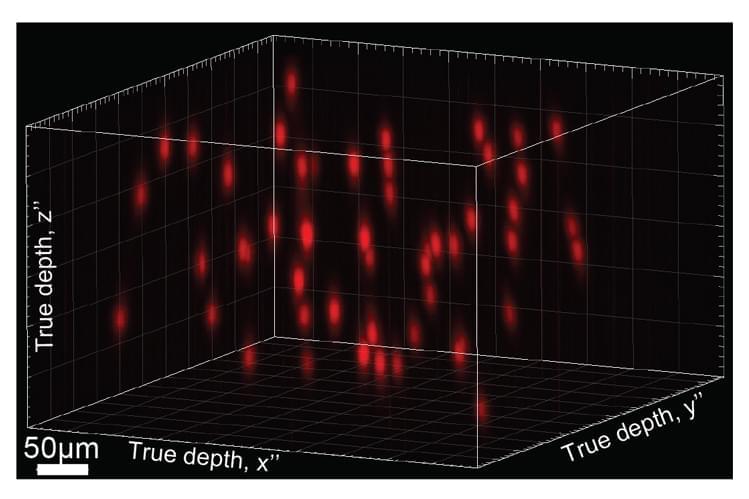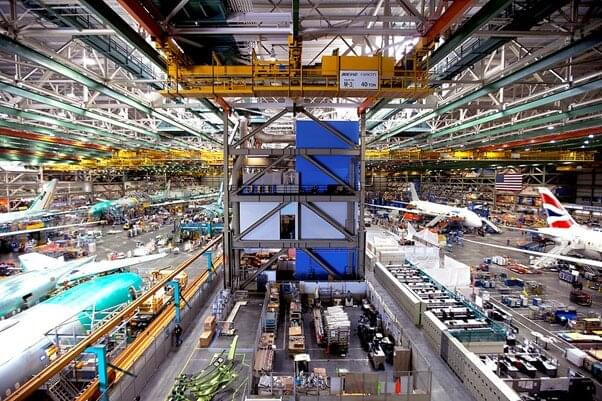Neuralink cofounder and Tesla CEO Elon Musk allegedly approached Synchron, a company that manufactures chips that can be implanted in patient’s brains.
When Neuralink co-founder Max Hodak announced his enigmatic departure from the company earlier this year, it was unclear whether he quit due to disagreements with fellow co-founder Elon Musk or if he was fired for moving too slow on clinical trials.
Now, Futurism has learned, Hodak is working on what appears to be a well-funded new brain interface venture called Science Corp. According to an SEC filing from July, Hodak has already raised more than $47 million from 14 investors for the new company — not quite as much as Neuralink’s $363 million to date, but a rousing start that could signal growing competition in the nascent neurotech market.
Moreover, Hodak appears to be taking some talent from Neuralink with him. Alan Mardinly, Neuralink’s longtime director of biology, recently changed his LinkedIn account to say that he has been working at a “stealth startup” since July 2021 and left his position at Neuralink in August 2021 — and posted a link to Science Corp’s hiring page along with an exhortation to “join early,” strongly suggesting that he’s on board the venture.
Device projects holographic images into brain to activate dozens of neurons at once, simulating real patterns of activity that fool the brain into perceiving things that aren’t there.
An excellent article rebutting some of common negative reactions to the idea of de-extinction. I applaud George Church, Ben Lamm, and colleagues for their efforts to leverage the genomics revolution to recreate the wooly mammoth and the Thylacine. These represent exciting steps for repairing damaged ecosystems. Such approaches will also most likely have the side benefit of generating new technologies for biomedical applications. I’d love to see similar de-extinction efforts addressing loss of insect and microorganism biodiversity as well! #biotech #future #crispr #techforgood
When mammoths disappeared from the Arctic some 4,000 years ago, shrubs overtook what was previously grassland. Mammoth-like creatures could help restore this ecosystem by trampling shrubs, knocking over trees, and fertilising grasses with their faeces.
Theoretically, this could help reduce climate change. If the current Siberian permafrost melts, it will release potent greenhouse gases. Compared to tundra, grassland might reflect more light and keep the ground cooler, which Colossal hopes will prevent the permafrost from melting.
While the prospect of reviving extinct species has long been discussed by groups such as Revive and Restore, advances in genome editing have now brought such dreams close to reality. But just because we have the tools to resurrect mammoth-like creatures, does this mean we should?
Super rich “preppers” are getting ready to survive the apocalypse in fancy, well-equipped bunkers specifically designed for that purpose.
GooKingSword/Pixabay.
Pretty interesting, right? But it could be possible one day with 3D printing technology.
It’s one of two new planets that were recently found about 100 light years from Earth, both of which take just days to orbit their own sun.
Funny name, and serious astronomy.
Its discoverers say the new super-Earth could be second only to the TRAPPIST-1 planets as a potentially habitable alien world.
The very first industrial revolution historically kicked off with the introduction of steam-and water-powered technology. We have come a long way since then, with the current fourth industrial revolution, or Industry 4.0, being focused on utilizing new technology to boost industrial efficiency.
Some of these technologies include the internet of things (IoT), cloud computing, cyber-physical systems, and artificial intelligence (AI). AI is the key driver of Industry 4.0, automating intelligent machines to self-monitor, interpret, diagnose, and analyze all by themselves. AI methods, such as machine learning (ML), deep learning (DL), natural language processing (NLP), and computer vision (CV), help industries forecast their maintenance needs and cut down on downtime.
However, to ensure the smooth, stable deployment and integration of AI-based systems, the actions and results of these systems must be made comprehensible, or, in other words, “explainable” to experts. In this regard, explainable AI (XAI) focuses on developing algorithms that produce human-understandable results made by AI-based systems. Thus, XAI deployment is useful in Industry 4.0.









